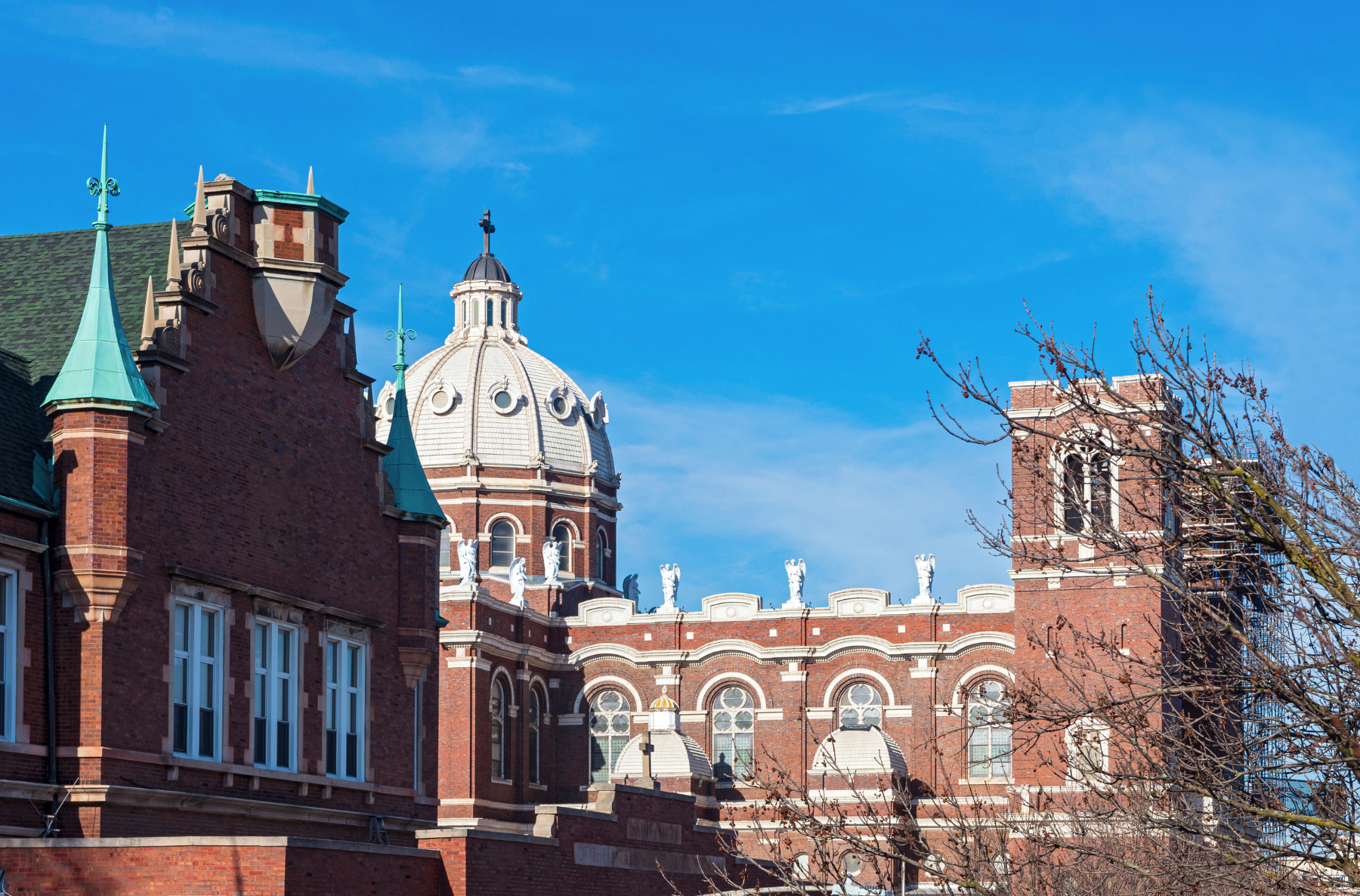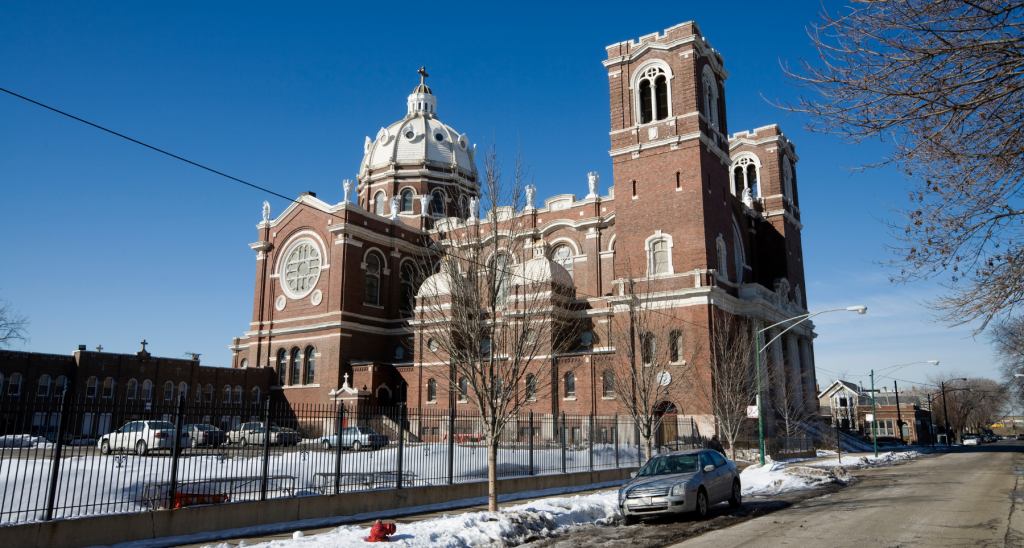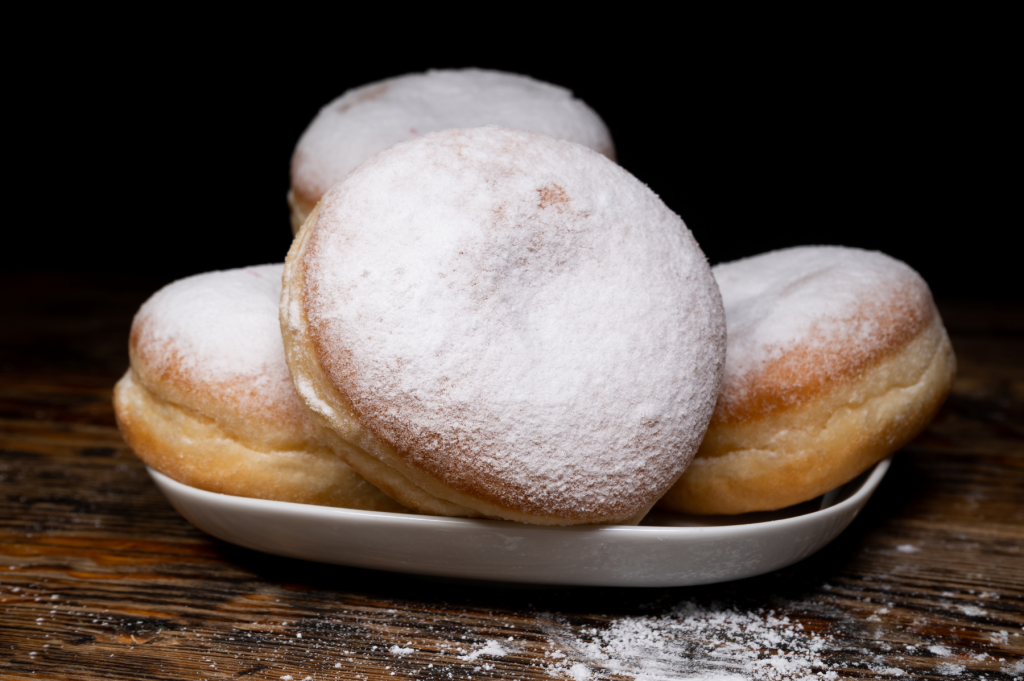
A Look Inside Chicago’s Polish Heart
Published on June 13, 2024
eATLAS’ Historical Stroll Through the Downtown Polish Settlement in Chicago tour visits nine locations on the Northwest Side that celebrate the contributions of Polish Americans in the Windy City. The first seven are cultural and the final two are restaurants.
By Dave Lifton (@daveeatschicago)
The failure of the November Uprising in 1830 led to stricter laws placed on Polish nationals in the Russian Partition of Poland. In the aftermath, Poles fled their homeland, and it’s widely believed that Captain John Napieralski, who fought in the conflict, is the first Pole to settle in Chicago, arriving somewhere between 1834 and 1837. Napieralski was part of a group of noblemen who wanted to establish a “New Poland” in Illinois.
Following another unsuccessful rebellion in 1848—this time in the Prussian (German) Partition—Polish peasants began migrating to Chicago. Anthony Smarzewski is considered to have started the first proper wave of migration when he and his family moved in 1851. A successful grocery store owner, Smarzewski changed his last name to Schermann to better assimilate in the predominantly German neighborhood of what is now Noble Square. But he was also working to bring in Poles and find them housing.
It picked up steam by the mid-1860s, as the growth of the Union Stock Yards, factories, and steel mills meant industrial jobs were available. Newly arrived Poles lived nearby their places of employment, with enclaves springing up in Pilsen, Bridgeport, Back of the Yards, and South Chicago. But the biggest concentration happened northwest of downtown, with the intersection of Milwaukee, Division, and Ashland Avenues, becoming known as the “Polonia Triangle” and most of West Town earning the nickname of the “Polish Downtown.”

Schermann and another of the early migrants, Peter Kiolbassa, were part of the group that established the city’s first Polish Catholic parish, St. Stanislaus Kostka, in 1867. The church has been at 1351 W. Evergreen Ave., in what is now named Pulaski Park, since 1881. A second church, Holy Trinity, was founded a few blocks away in 1872 to handle the overflow from St. Stanislaus. Kiolbassa would become the first Polish elected official in Chicago, serving in the state legislature and as city treasurer.
A few blocks north, the number of goats being raised by Poles led to the neighborhood being called Bucktown. As the Polish community in Chicago grew outward on the Milwaukee Ave. corridor, the street was dubbed the “Polish Broadway.”
By the 1890s, there were approximately 120,000 speakers of Polish in Chicago, roughly 10 percent of the population, and the community comprised migrants from the German, Russian, and Austrian Partitions. More local institutions—schools, newspapers, social clubs and fraternal organizations, theaters, and churches followed. At its peak, there were about 60 Polish Catholic parishes throughout Chicago.
The victory of the Allied Powers in World War I resulted in the creation of a unified Polish nation and, with it, the virtual end of that first wave. But their mark had already been made. According to the 1920 census, there were 151,260 Polish-born Chicagoans; 10 years later, the city had 400,000 people of Polish ancestry, making Poles the largest ethnic group in Chicago.
The second wave happened after World War II, as the Displaced Persons Act of 1948 allowed for 200,000 refugees to enter the U.S. Chicago’s Polish community received tens of thousands of new members who were reunited with their friends and family. As they were arriving, the postwar growth of the suburbs was starting, and families that had assimilated into American life over the course of the generations left the city. The Polish Broadway suffered the additional blow of the construction of the Northwest (now Kennedy) Expressway.
A third wave happened in the early 1980s when the Soviets imposed martial law in Poland. Their settlement in Avondale brought some new life in to what had been left of the Polish community on the Northwest Side.

Even as their numbers within the city limits have dwindled, there are still plenty of reminders of the importance of Polish Chicagoans. On Fat Tuesday, Chicagoans of all religion gorge on paczki, the Polish donut-like pastry. The first Monday in March is celebrated as Casimir Pulaski Day, in honor of the Revolutionary War hero (who has a street named after him at 3200W). Statues of Nicolaus Copernicus and Thaddeus Kosciuszko—another Pole who fought for American freedom—can be found on the Museum Campus along Solidarity Drive, which was named in honor of Lech Walesa’s labor union movement that helped end Soviet rule. The Polish Museum of America has been at 984 N. Milwaukee Ave. since 1935, and on the other end of the Polish Broadway, in Jefferson Park, is the Copernicus Center, which preserves Polish culture in Chicago and hosts the annual Taste of Polonia festival every Labor Day Weekend.
The question of whether or not Chicago has the largest Polish community outside Warsaw depends on which metrics are used, but there’s no question that the Windy City has a Polish heart.

The Adventure starts when you say it does.
All eATLAS Adventures are designed and built by experienced eATLAS Whoa!Guides. They're always on. Always entertaining. And always ready to go.
Check out our Adventures!